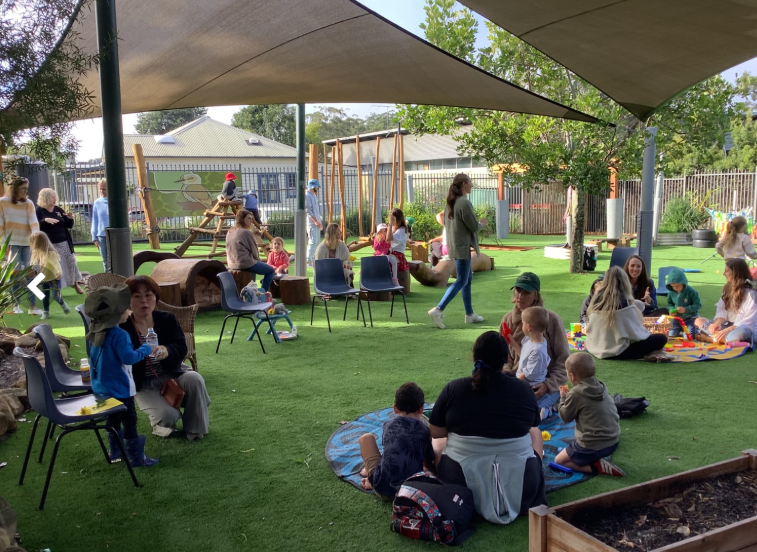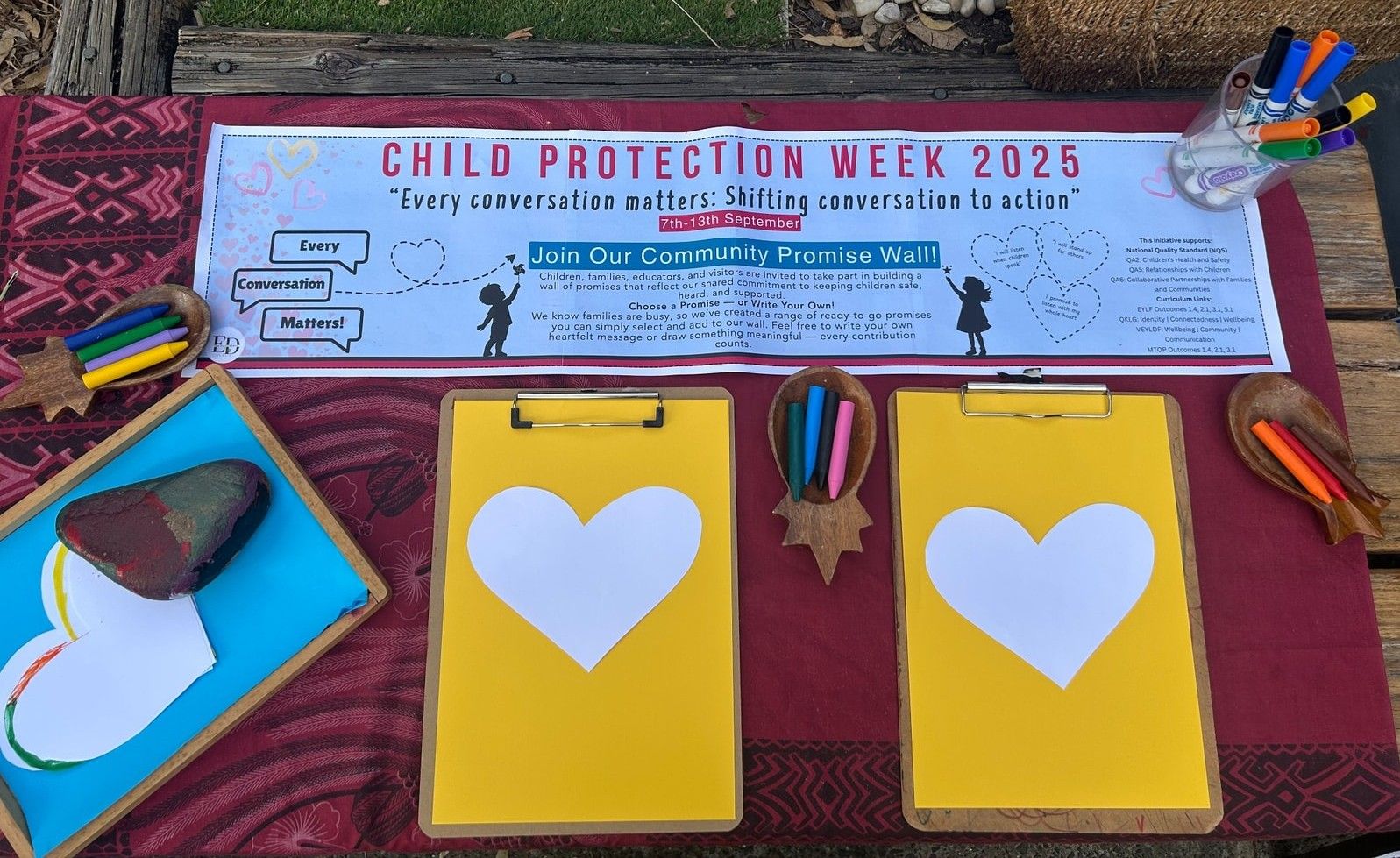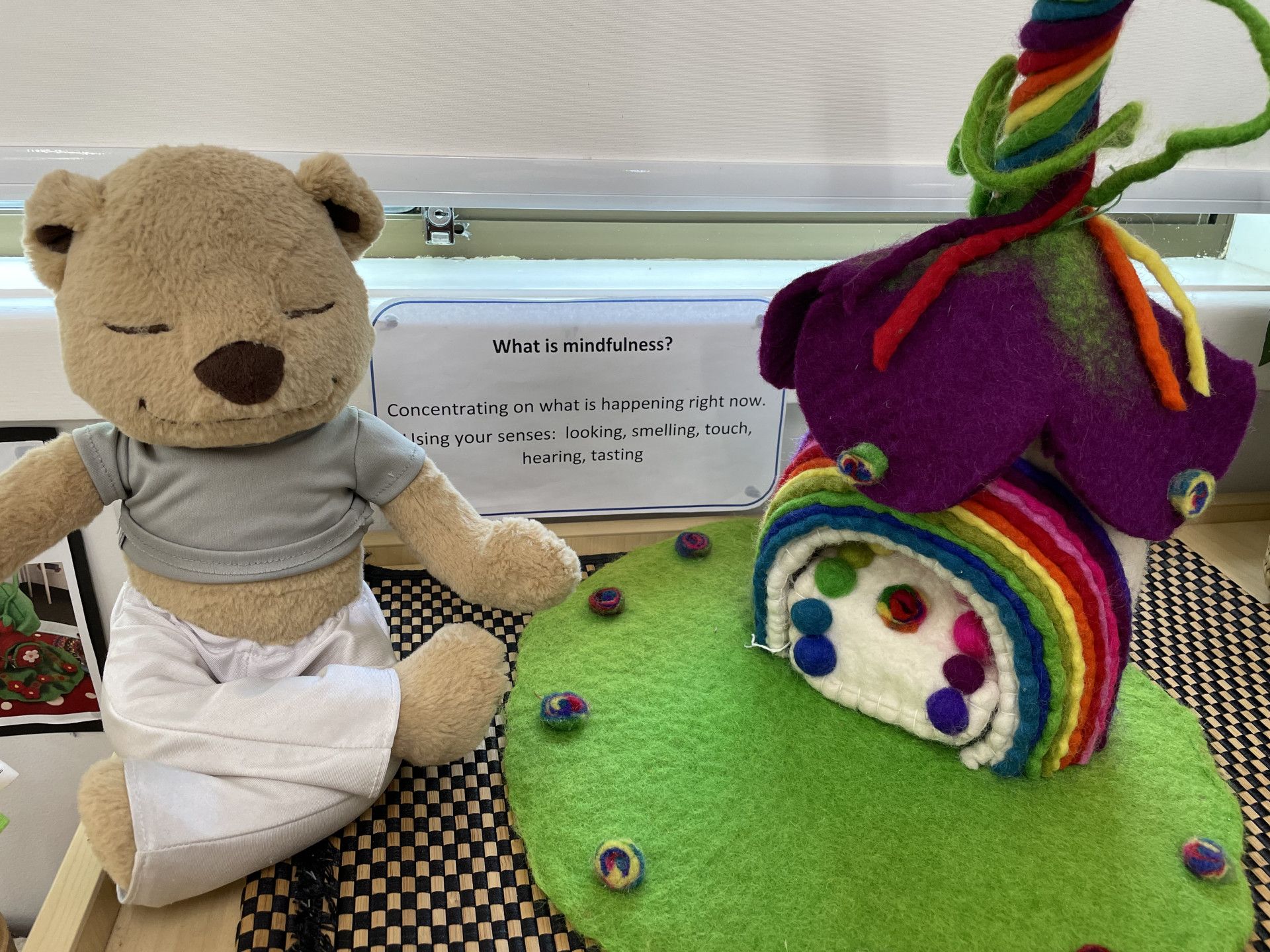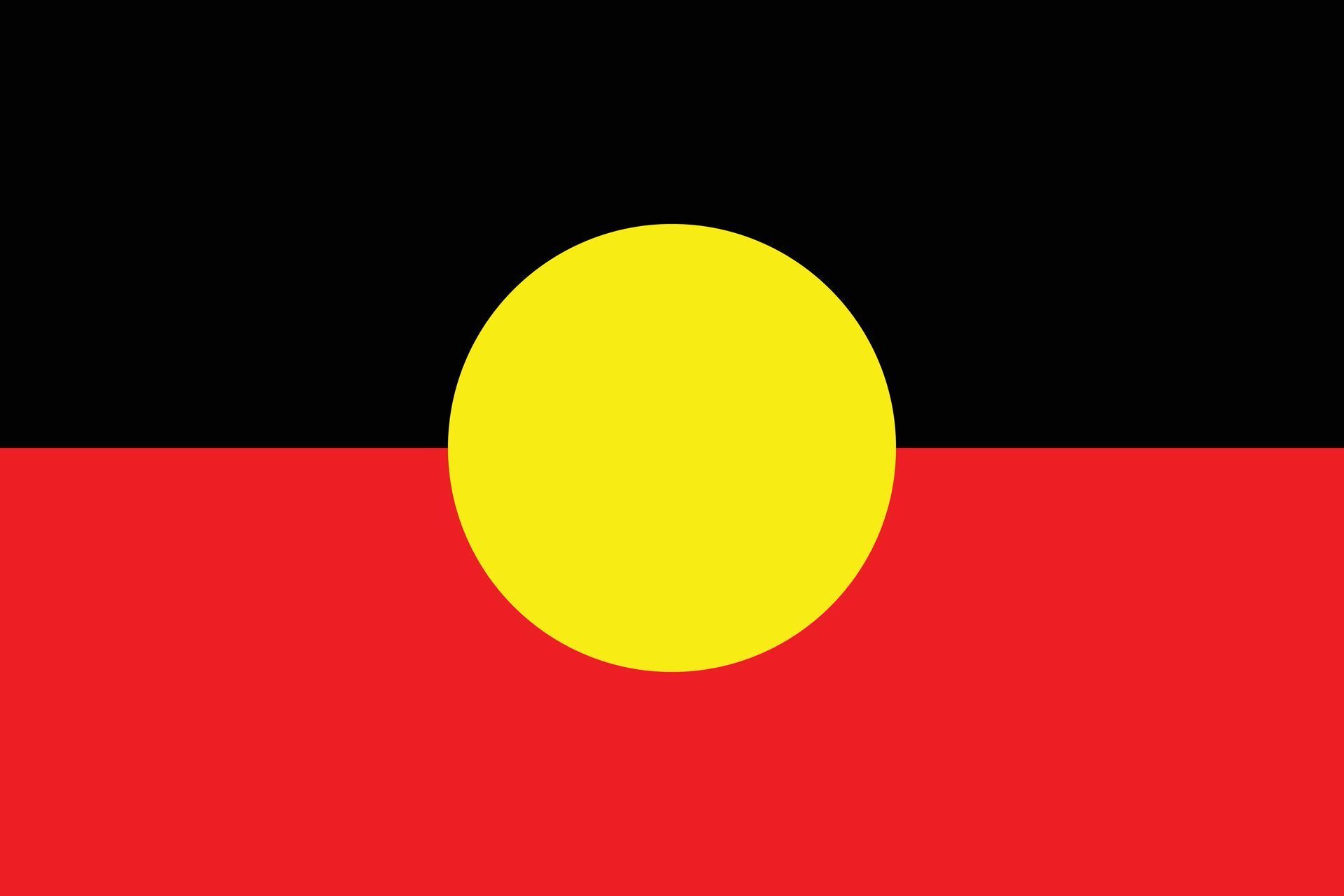Child Safety Standards
Commitment to Child Safety
Kinburra Preschool is committed to being a child safe organisation; children are at the center of everything we do. Children have the right to be safe, and we promise to protect children in our care.
Being child safe isn’t only about child protection but it is also about being culturally inclusive and creating an inclusive environment where children's diverse needs and backgrounds are respected, valued, and actively supported. This involves building strong relationships with families and communities, providing accessible and responsive services, and ensuring all children feel safe, welcomed, and able to participate fully.
At Kinburra, Educators adhere to a Statement of Commitment to Child Safety, and our Code of Conduct policy sets high guidelines for all the Community to follow in regard to keeping children safe. We support the National Principles for Child Safe Organisations and have a legal obligation to uphold the NSW Child Safe Standards.
Contact our team at
(02) 4369 2460 to learn more.
Elements of a Child Safe Approach – what we do at Kinburra:
- Prevention:
Proactive measures to stop harm before it occurs, such as background checks for staff, educators and visitors to the Preschool and secure physical environments.
- Culture:
Fostering an organisational culture where children feel valued, heard, and empowered to speak up.
- Systems & Policies:
Implementing clear policies, procedures, and training for staff and educators on child protection and Early Intervention Childhood Practitioner Agreements.
- Leadership Commitment:
Demonstrating a commitment to child safety from the highest levels of leadership. Every Educator has made a promise to ensure Kinburra Preschool is child safe.
- Continuous Improvement:
Regularly reflecting on and improving child safety practices and responses to incidents. This includes involving children in conversations and decision making.
- Legal Compliance:
Ensuring Kinburra Preschool meets legal obligations by applying Child Safe Standards and adhering to regulations like the Child Safe Scheme.
Raising Concerns & Making a Complaint
Kinburra Preschool is committed to being a Child Safe Organisation and has high expectations for all those involved in the Kinburra community; we expect everyone to abide by our policies including the Kinburra Code of Conduct and Family Conduct Guidelines.
We take complaints, concerns and allegations regarding child safety seriously. At Kinburra we value what our families and children have to say. We have an open-door policy whereby families and children can speak with us directly at any time.
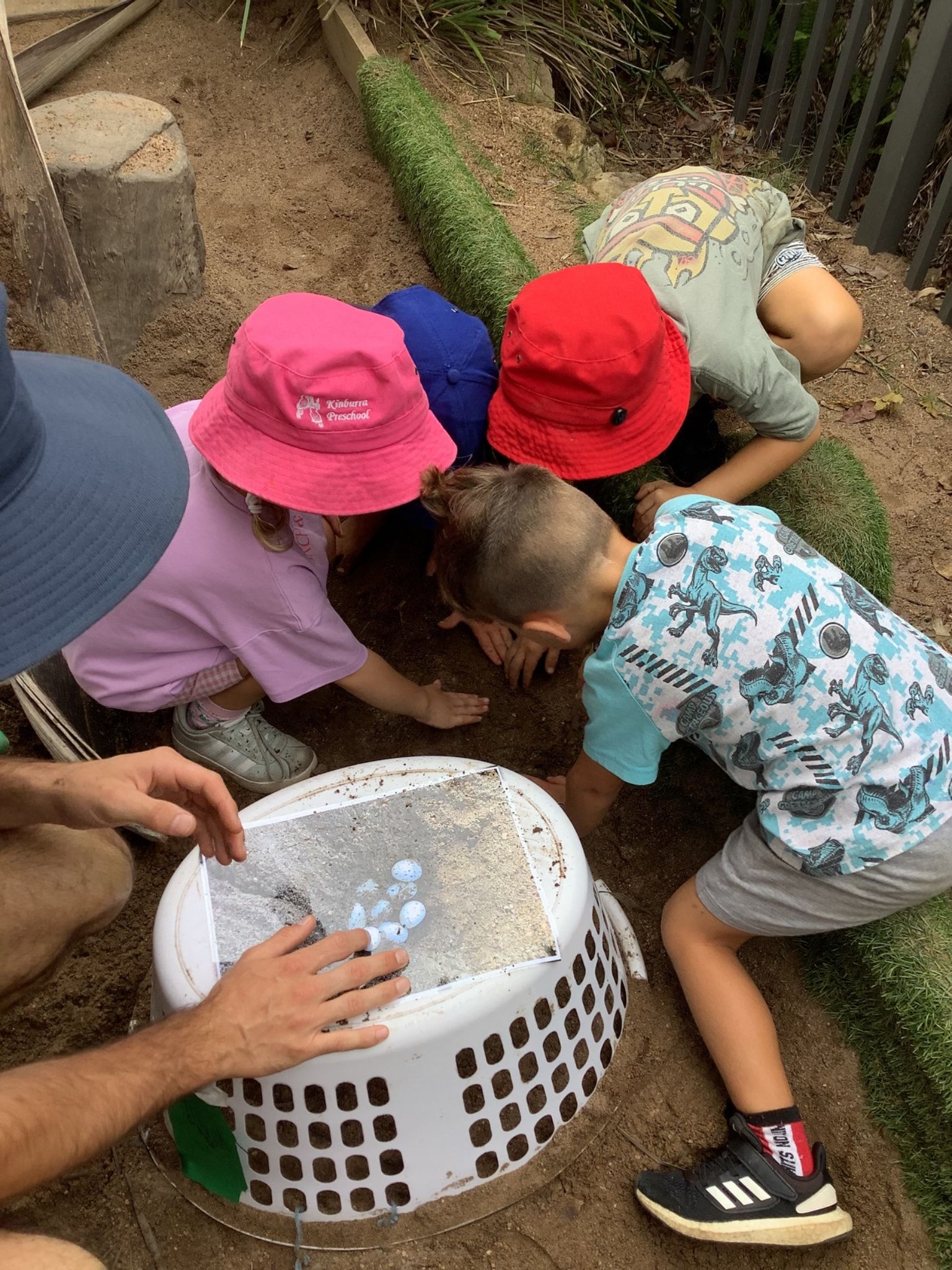
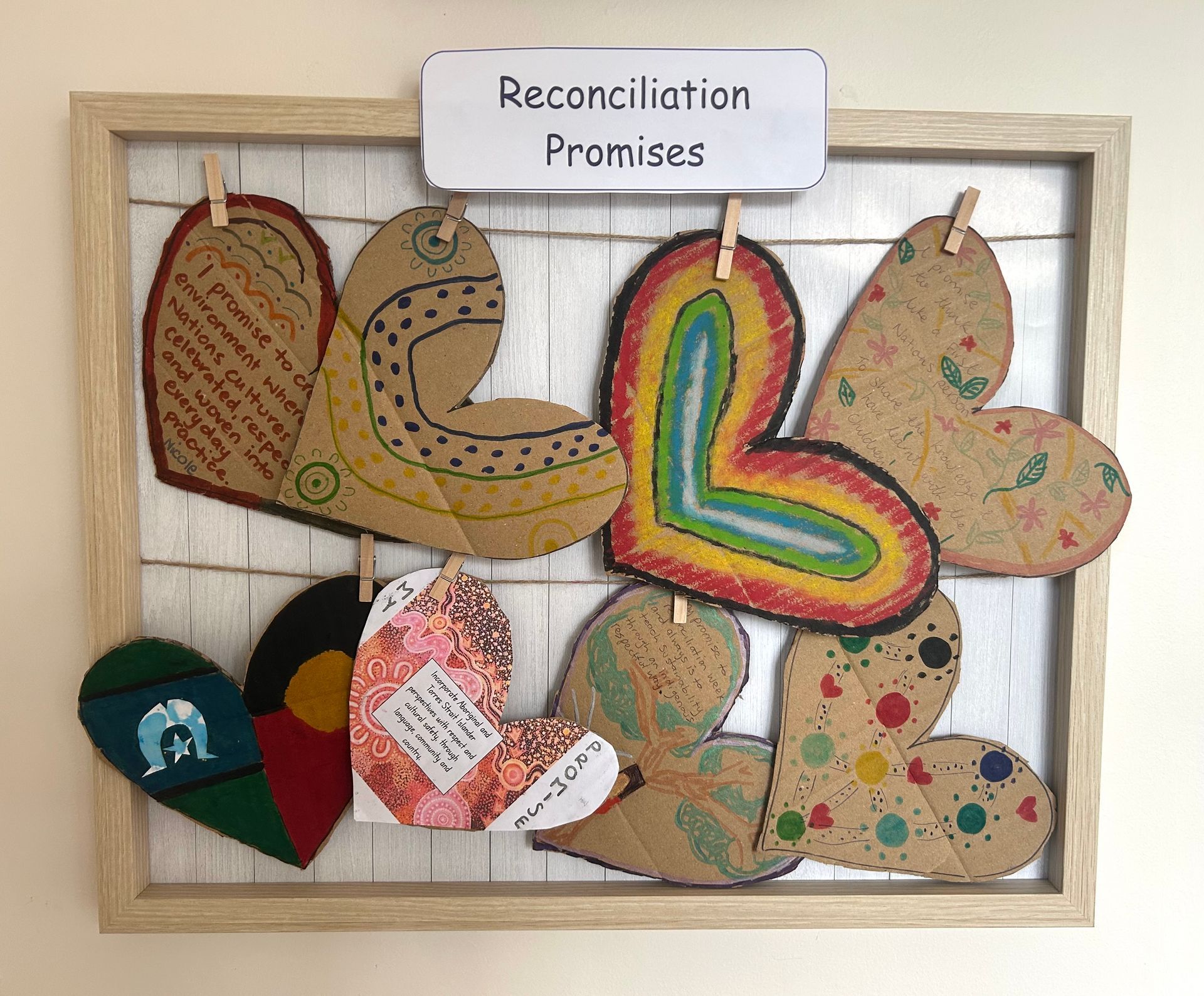
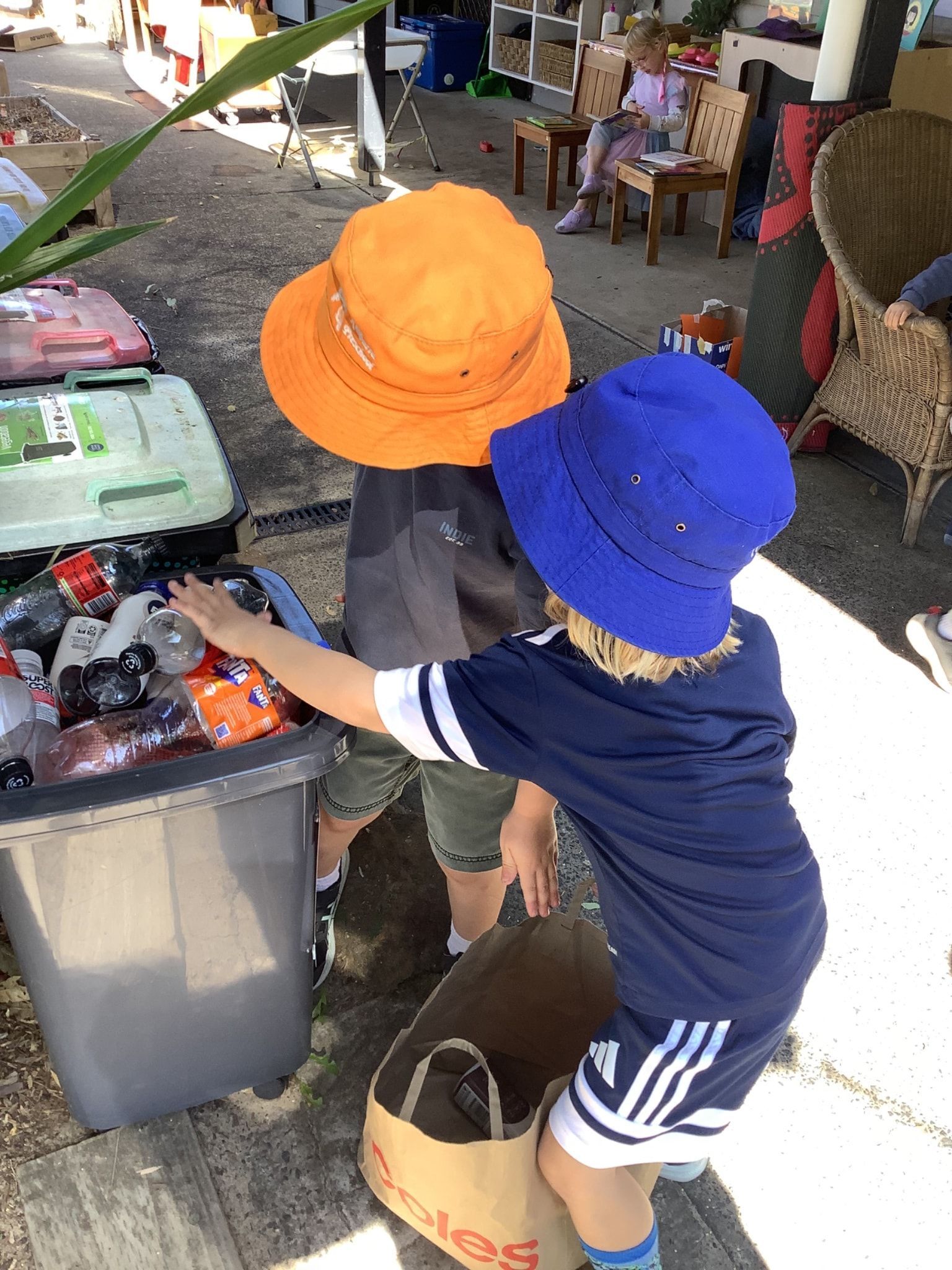
What should I look for to ensure a preschool prioritises child safety?
When visiting a preschool, look for secure entry points, well-maintained play areas, and visible supervision at all times. Ask about staff-to-child ratios, behaviour guidance approaches, and how educators manage health or safety incidents. Preschools should have policies and procedures in place that place importance on child safety. When you have a tour of the Preschool observe how educators interact with children—do they speak respectfully, notice when a child is upset, and maintain calm, consistent routines? These day-to-day interactions are key indicators of a child-safe environment.
How are educators trained to support child safety?
At Kinburra, all Educators have a valid Working with Children Check, current First Aid and CPR training, and complete Child Protection training annually. Educators also complete online training from the Office of the Children’s Guardian - Safe Early Childhood Education and Care Centre-based Services and how to implement the SAFE series program. Educators continually reflect on the Child Safe Standards and how these are implemented at the Preschool.
Does Kinburra teach children about protective behaviours?
Yes, Kinburra uses a program called the SAFE Series from the Office of the Children’s Guardian. The program includes four story books containing personal safety messages for children under six. The books support children’s rights and promote the concept of kids having a voice. They help children identify the parts of their body that are private, help them understand their feelings and encourage them to think about five people they trust to help them if they feel cared, sad or upset.
